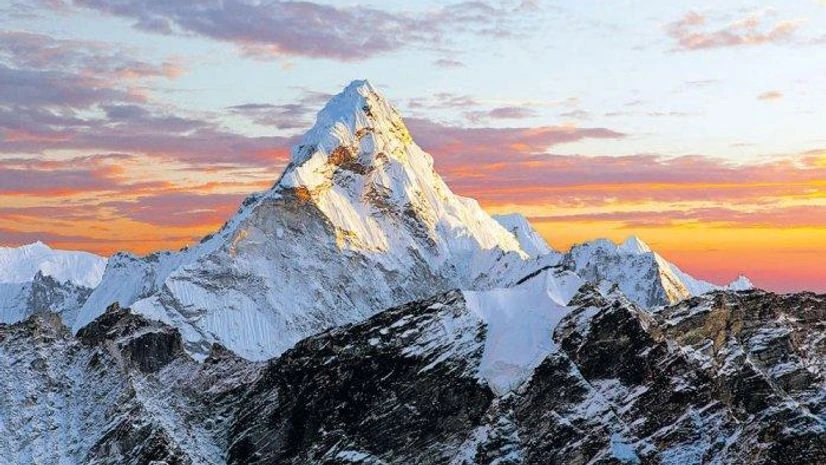)
The Andes is the primary mountain range in South America and also the world’s longest, extending from south to north
Tropical glaciers of South America have retreated to their lowest since the last ice age ended 11,700 years, a new study published in the journal Science has found.
While scientists around the world have predicted glaciers to melt as temperatures in the tropics warm, the study’s analysis of rocks near four glaciers in the Andes Mountains shows that the retreat has happened far faster and already passed an alarming cross-epoch benchmark, co-author Jeremy Shakun, an associate professor of earth and environmental sciences at the Boston College in the US has said.
The Andes is the primary mountain range in South America and also the world’s longest, extending from south to north through countries, including Argentina, Chile and Bolivia.
The findings signal that more of the world’s glaciers are likely retreating far faster than predicted, possibly decades ahead of a grim climatological schedule, according to the authors.
“Our data imply that many glaciers in the tropics are probably now smaller than they have been in at least 11,700 years, making the tropics the first large region where this milestone has been documented,” they wrote.
Further, “given that modern glacier retreat is mostly due to rising temperatures as opposed to less snowfall, or changes in cloud cover our findings suggest the tropics have already warmed outside their Holocene range and into the Anthropocene,” Shakun said.
The Anthropocene is a proposed name for the era, dating back to when human started significantly impacting the Earth up to the present.
For the study, the researchers analysed the chemistry of bedrock near four melting Andean glaciers and found two rare elements — beryllium-10 and carbon-14. Measuring the elements’ concentrations in the bedrock revealed their exposure to sun.
“By measuring the concentrations of these isotopes in the recently exposed bedrock we can determine how much time in the past the bedrock was exposed, which tells us how often the glaciers were smaller than today – kind of like how a sunburn can tell you how long someone was out in the sun,” Shakun said.
The Earth has alternated through cold and warm periods, referred to as ‘glacials’ or ‘ice ages’ and ‘interglacials’, respectively, for at least the last million (10 lakh) years.
The last of the ice age is said to have peaked around 20,000 years ago, following which the planet is currently in the Holocene era.
(Only the headline and picture of this report may have been reworked by the Business Standard staff; the rest of the content is auto-generated from a syndicated feed.)
First Published: Aug 04 2024 | 9:54 AM IST


































